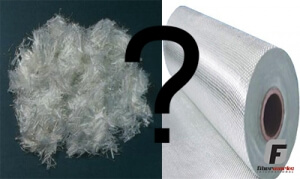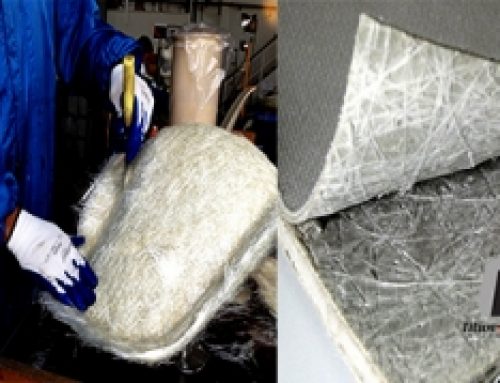WHY FIBERGLASS: UPSIDES OF USING FIBERGLASS FOR FABRICATION
All of a sudden, fiber-reinforced materials have created a significant impact among business owners and stakeholders in various industries. These include construction, waste water engineering and treatment, theme parks, and resorts.
How does fiberglass perform against other traditional materials like concrete, aluminum, and steel?
Consider the following:
Experts say fiberglass has more benefits compared to disadvantages. Let’s see why they say this.
This material lasts longer. It is waterproof, resistant to wear and tear, and non-conductive.
Fiberglass is more durable compared to sheet metal since it does not corrode. It is ideal for outdoor environments like resorts or parks and locations close to beaches. Fiberglass is impervious to acerbic chemical compounds. Fiberglass with exceptional fire-retardant synthetic or natural compound (resins) will not burn up but only combust in case of fires.
Fiberglass is relatively flexible with regards to design. Fiber-reinforced plastics may be fabricated onsite with simple handyman tools provided the tips are coated with diamond or carbon. Fabrication does not require the use of welding equipment. The material is lightweight so transportation and installation is less complicated. On the other hand, materials like steel are heavy and entail special expensive equipment for erecting and installing.
The cost of steel may be less expensive initially. Fiber-reinforced materials are more costly upfront. Yet, FRP has lower installation and upkeep costs that translates to reduced overall life-cycle expenditures. Wood may be cheap but degeneration comes faster which ultimately results to higher costs in maintenance. Overall, fiberglass polymers are more cost-effective for the long-term period. This tight and tough material means less expenses for shipping and warehouse storage services.
FRP is resilient due to the solid finish. The Gel Coat material that serves as covering ensures premium quality finish on the surface of fiber-strengthened composite material. Colors of fiberglass may also be customized to guarantee additional firmness and balance.
Fiberglass is three times more solid than wood. It does not deform permanently even because of the heavy working load. In terms of resistance to pressure or impact, FRP will not get damaged or crack even if accidentally smashed by building materials. The mat made of glass in protruding areas distribute the impact load and prevents damage to the surface.
Fiberglass is resistant to a variety of chemical substances. It is not affected by saturation in water or humidity. Hence, FRP is the perfect surface cover in case of chemical spills or leaks. Meanwhile, steel is easily affected by rust so it requires galvanizing or painting for most applications.
The material is around two-thirds lighter than steel making it easier for hoisting, installation and repair works.
Finally, FRP is good material for insulation because of its low thermal conduction characteristic. It is also a non-conductive electric material while metal needs to be grounded before actual usage.
If you are planning to enter into construction and fabrication, it would be wise to take into account the possible use of fiberglass in your list of materials.





Leave A Comment